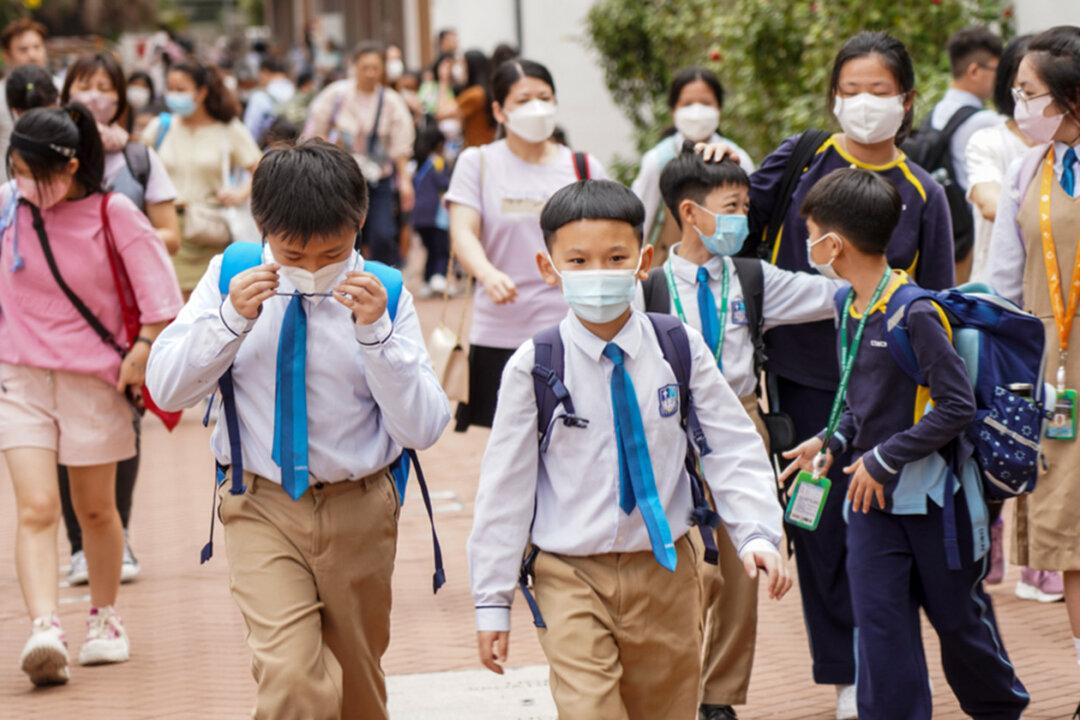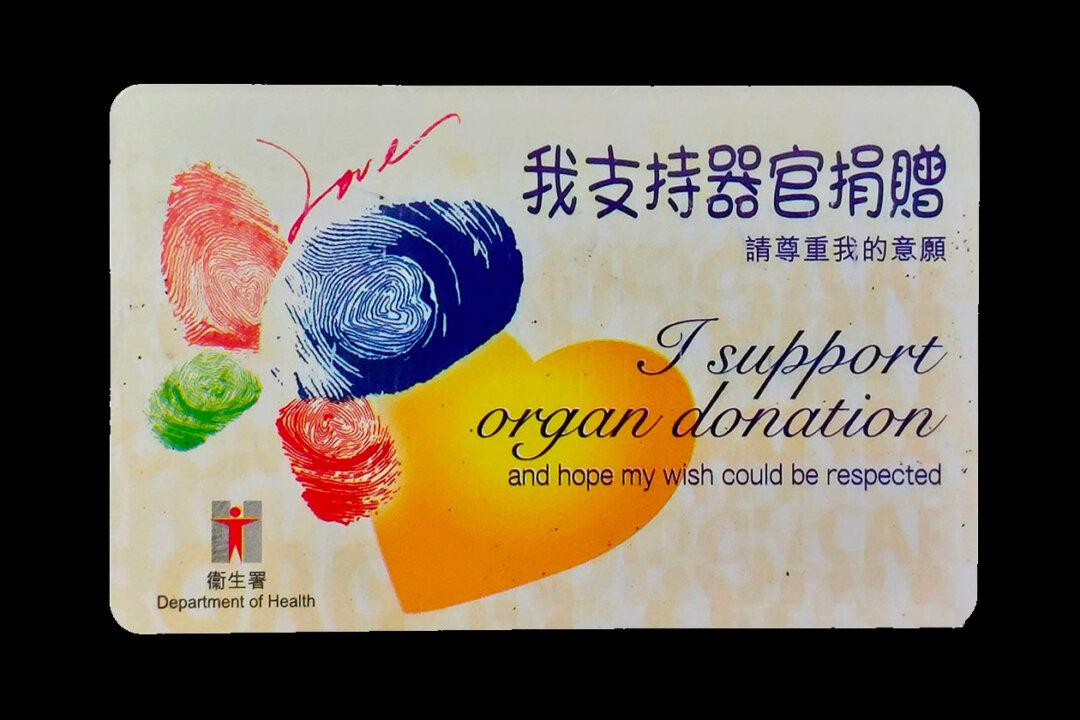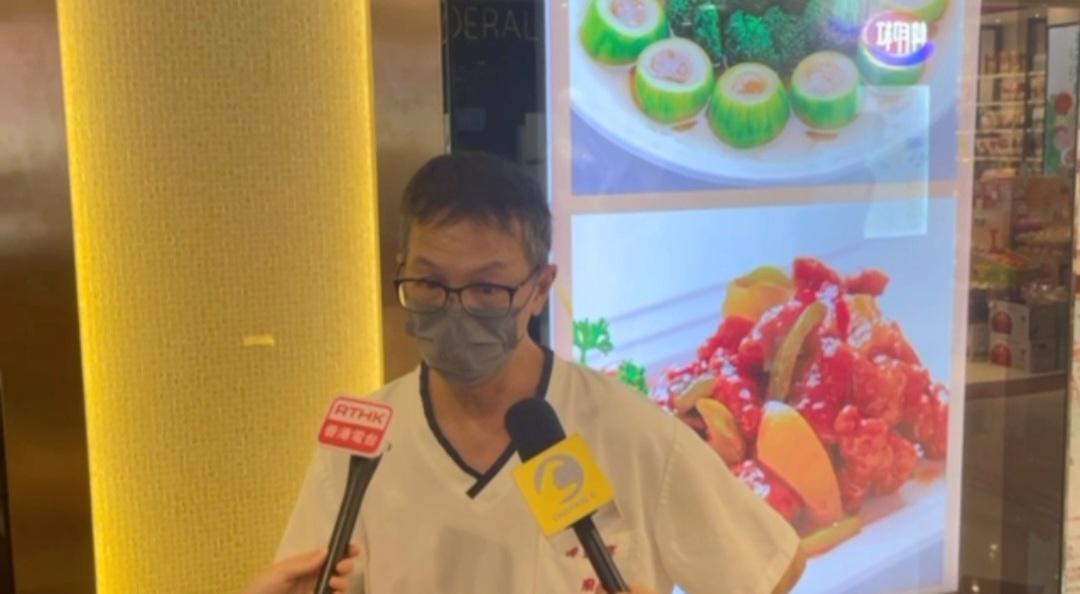Hong Kong’s traditional cafe flavours were reproduced in London in July to show and promote the territory’s unique heritage.
The event, called “Bing Sutt (Icehouse Cafe): The Origin of Hong Kong-style Coffee Shops,” took place in London’s Hackney Chinese Community Services Centre on July 9 and 10. It was co-hosted by several Hong Kong groups such as the Museum of Hong Kong, Shalom Heung Gong, London Ghost Stories, Kong Fook Cheongsam, Hong Kong Culture Square, and Hongkongers in London, all Hongkongers’ organizations in Britain.




